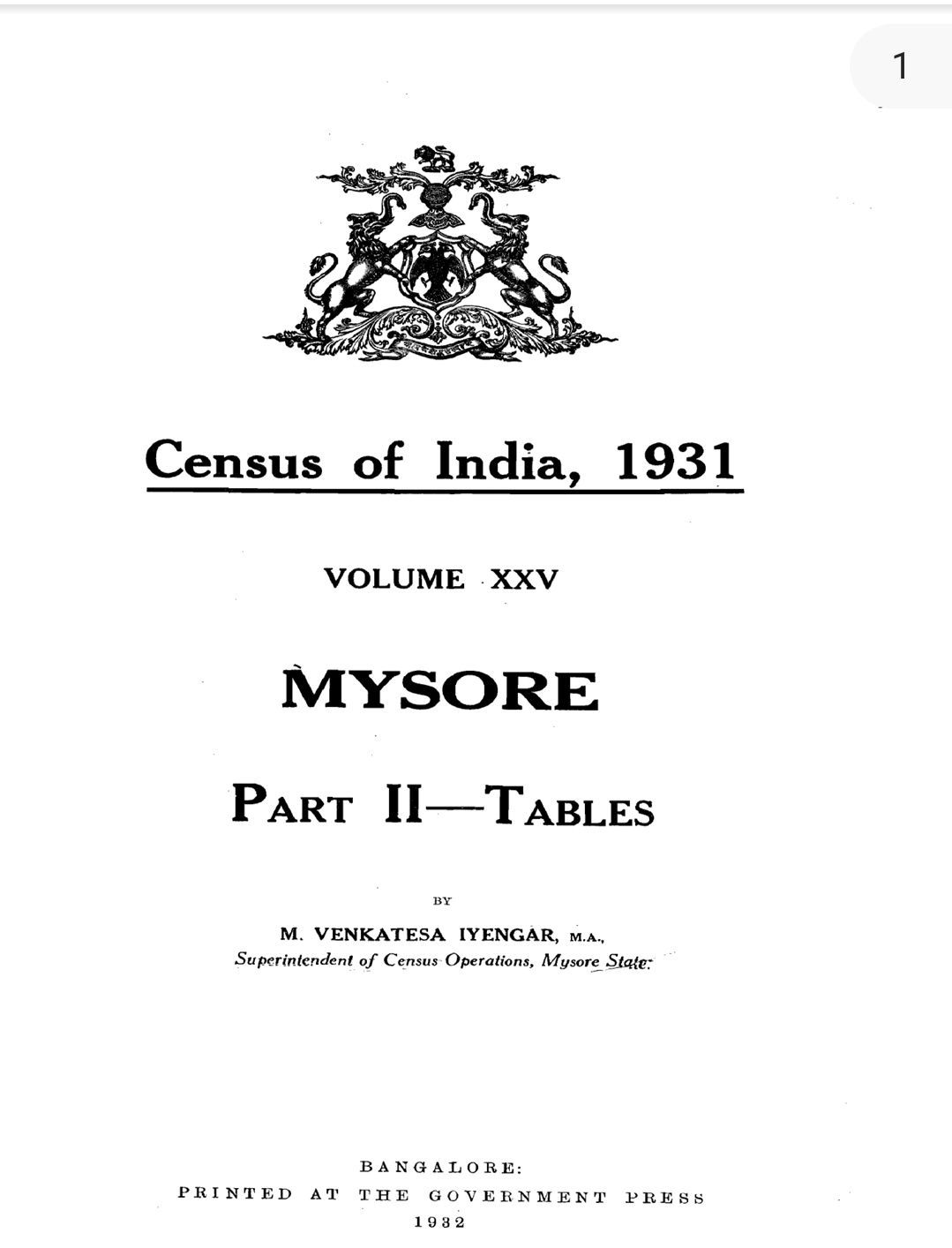Devanga vs Weaver: Varna vs Caste.
Caste has long been a central focus of Indian society and politics. At the heart of this discourse lies the often misunderstood and misapplied distinction between varna and caste—two concepts frequently used interchangeably in public and political discussions, yet representing fundamentally different social realities.
Understanding the Difference
Varna refers to the theoretical fourfold division of society described in ancient Hindu texts such as the Manusmriti and the Rigveda. The four varnas are:
- Brahmins
- Kshatriyas
- Vaishyas
- Shudras
Outside this system are the Dalits, who were historically excluded from the varna hierarchy.
Caste, on the other hand, is a more complex, localized, and dynamic system of social organization based on birth, occupation, and region. India has thousands of castes, each with its own customs, traditions, and internal hierarchies, which do not always align neatly with the varna framework.
The Controversy in Caste Politics
-
Colonial Classification: British administrators, particularly during the 1901 and 1931 censuses, attempted to fit India’s diverse caste landscape into the simplified varna model. This imposed a rigid framework onto what was previously a more fluid and context-dependent social structure. While useful for colonial governance, it severely distorted ground realities.
-
Sanskritization and Status Claims: Many castes sought higher varna status through Sanskritization, adopting Brahminical customs to gain social mobility. This triggered widespread contestation, with multiple castes claiming Kshatriya or Vaishya status, leading to political and legal disputes over caste identity.
-
Post-Independence Policies: Affirmative action in independent India was designed around Scheduled Castes (SC), Scheduled Tribes (ST), and Other Backward Classes (OBC), based on socio-economic indicators. However, the lingering influence of varna ideals complicates who qualifies as "backward." Politically influential groups such as the Patels and Marathas have sought OBC status, blurring lines between privilege and need.
-
Judicial and Administrative Challenges: Courts and commissions often struggle to classify communities due to the overlap and ambiguity between varna and jati. Some castes may enjoy high ritual status but suffer from poor economic or educational outcomes, complicating their eligibility for support.
-
Anti-Caste Movements and Political Exploitation: Leaders like Dr. B.R. Ambedkar rejected the varna system altogether, exposing its oppressive foundations. Yet, many political parties continue to invoke varna-based narratives, reinforcing social hierarchies instead of dismantling them.
The ongoing confusion and conflation between varna and caste have had serious implications for identity politics, reservation policies, and social justice movements in modern India.
The conflation of the Devanga community with the generic occupational label “weaver” is not just a semantic error—it strikes at the very heart of identity, policy representation, and socio-economic development.
The difference between being identified as “Devanga” versus a generic “weaver” is significant, with real-world implications:
-
Policy Exclusion: When lumped into broad occupational categories, the unique challenges faced by the Devanga community—especially in rural or underdeveloped regions—are often overlooked. Misclassification leads to the denial of access to government welfare schemes, educational opportunities, and affirmative action benefits.
-
Cultural Erosion: The younger generation risks losing connection to their roots as the distinctive rituals, dialects, temple affiliations, and spiritual traditions of the Devangas are subsumed under a generalized occupational identity.
-
Political Underrepresentation: In India, caste-based politics rely on visible and organized voter blocs. A fragmented or misunderstood identity weakens collective bargaining power, leaving the Devanga community underrepresented in critical decision-making forums.
To preserve and promote the true identity of the Devanga community, a multifaceted strategy is essential:
- Raise Community Awareness: Educate the community about its rich history, traditions, and contributions.
- Push for Accurate Census Recognition: Advocate for precise classification in official records and government data.
- Celebrate Cultural Heritage: Promote festivals, oral histories, and traditional practices.
- Engage Politically and Socially: Ensure active representation in civic, political, and social platforms.
The reduction of the Devanga identity to a mere occupational label like "weaver" is a historical and political oversight. Recognizing this distinction is not only about preserving heritage it is about ensuring justice, dignity, and equal opportunity for current and future generations.
"Clarity in identity leads to clarity in policy, representation, and respect."
#828




Comments
Post a Comment